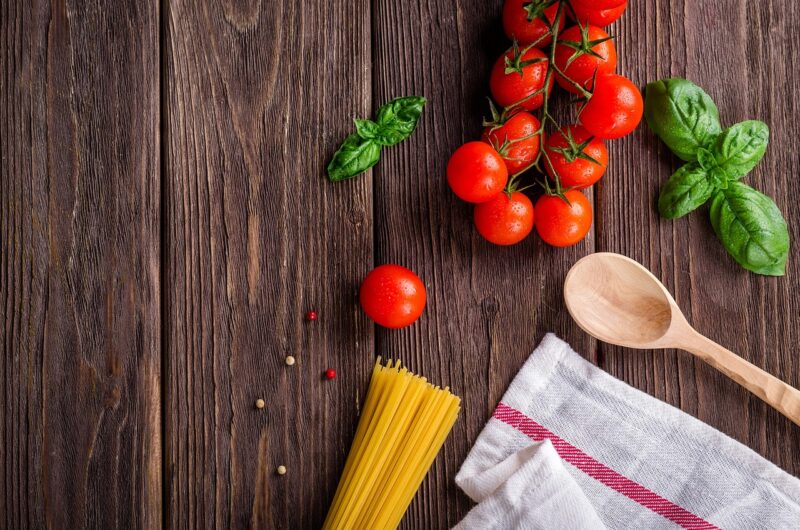Culinary Adventures: Discovering the Unique Flavors of Global Cuisine
November 17, 2024

Food is not just sustenance; it is a gateway to understanding cultures, traditions, and the stories of communities around the world. This article takes you on a culinary adventure, exploring the unique flavors of global cuisine, showcasing how diverse ingredients and techniques come together to create delightful experiences.
1. The Importance of Global Cuisine
Cuisine is deeply tied to culture, geography, history, and climate. Every region of the world offers its own culinary traditions that have been passed down through generations. It encompasses not just the flavors but also customs, celebrations, and rituals associated with food.
Exploring global cuisine allows us to appreciate the diversity of flavors, broaden our palate, and learn about the people behind the dishes. With every plate; we taste a piece of history.
2. A Journey Through Different Regions
Let’s embark on a journey through various regions, discovering their unique flavors and notable dishes:
Asia: A Symphony of Spices
Asia is renowned for its use of spices and herbs that create complex and layered flavors. From the fragrant curries of India to the delicate sushi of Japan, each country has its specialties. Think about:*
- Thai Cuisine: Known for balancing sweet, sour, salty, and spicy flavors; dishes like Pad Thai and Tom Yum are global favorites.
- Indian Cuisine: Characterized by its generous use of spices like cumin, coriander, and turmeric; dishes such as biryani and paneer tikka are renowned worldwide.
- Japanese Cuisine: With its focus on fresh ingredients and presentation, sushi and ramen have become staples in global dining culture.
Europe: Tradition Meets Innovation
European cuisines are diverse, reflecting the history and geography of the continent. From rustic Italian pastas to gourmet French pastries, Europe’s culinary landscape is a blend of tradition and creativity.
- Italian Cuisine: Known for its regional diversity, classic dishes like pizza and pasta often incorporate fresh, seasonal ingredients.
- French Cuisine: Renowned for its techniques and sauces, France offers dishes like coq au vin and ratatouille that highlight the artistry of cooking.
- Spanish Cuisine: Spotlighting bold flavors, tapas like patatas bravas and jamón ibérico have gained international recognition.
Africa: Rich and Diverse Flavors
African cuisine is as varied as its cultures. Each region lends its unique ingredients to create flavorful dishes that tell a story.
- Moroccan Cuisine: Features aromatic spices in dishes like tagine and couscous, showcasing a fusion of Berber, Arab, and Mediterranean influences.
- Ethiopian Cuisine: Known for its communal eating and injera (a sourdough flatbread), served with diverse stews called wats.
- West African Cuisine: Rich stews and jollof rice illustrate the region’s culinary heritage, often made with palm oil and spicy seasonings.
The Americas: A Melting Pot
Cuisines from the Americas illustrate a beautiful fusion of indigenous and immigrant influences, creating unique culinary traditions.
- Mexican Cuisine: Bold colors and flavors define dishes like tacos, enchiladas, and mole, influenced by indigenous ingredients and culinary techniques.
- Southern U.S. Cuisine: A testament to regional flavors seen in dishes like gumbo and barbecue that celebrate the culinary heritage of the South.
- Peruvian Cuisine: Known for its diverse superfoods and fusion of cultures, ceviche and lomo saltado are celebrated dishes that reveal its culinary richness.
3. Culinary Innovations and Trends
With globalization, traditional cuisines continue to evolve. Fusion dishes have become popular as chefs combine different culinary styles and techniques:
- Sushi Burritos: A creative blend of sushi and the convenience of a burrito, reflecting the popularity of both cuisines.
- Korean Tacos: Combination of Korean flavors with traditional Mexican tacos, introducing exciting new taste profiles.
- Vegan and Plant-Based Cuisine: Gaining popularity worldwide, chefs are reinventing traditional dishes with plant-based ingredients that cater to diverse diets without sacrificing flavor.
These innovations not only reflect changing dietary preferences but also represent cultural adaptations that keep traditional cuisines vibrant.
4. Tasting the World in Your Kitchen
You don’t have to travel the globe to experience these culinary delights. Your kitchen can be a canvas for global flavors:
- Experiment with Spices: Stock your pantry with spices from various regions. Use them to replicate authentic dishes or create your unique recipes inspired by global cuisines.
- Explore Recipes Online: Resources like food blogs, cooking channels, and recipe websites can guide you to create dishes from around the world.
- Join Local Cooking Classes: Many communities offer cooking classes featuring international cuisines. This not only enhances your cooking skills but also connects you with other food enthusiasts.
By experimenting with international recipes, you can broaden your culinary horizons and embrace the flavors that make global cuisine so fascinating.
Conclusion: The World on Your Plate
Culinary adventures open up a world of flavors, allowing us to appreciate the diversity and richness of global cuisine. By exploring different dishes, cooking techniques, and cultural traditions, we gain insights into the lives and histories of people around the world.
Incorporating these flavors into our daily lives encourages not only a broader palate but also a greater understanding of our global community. So grab your apron and take a step into the captivating world of international cooking!







